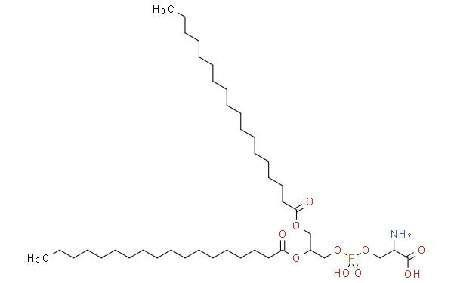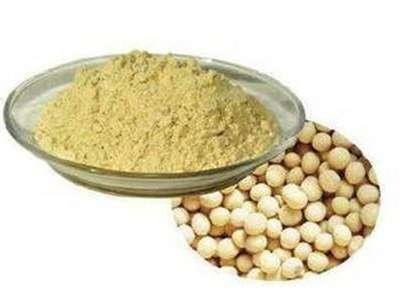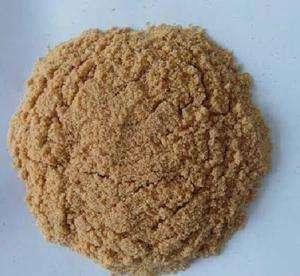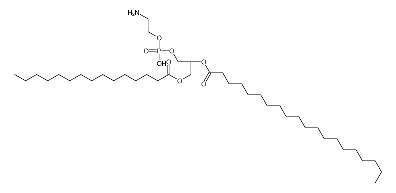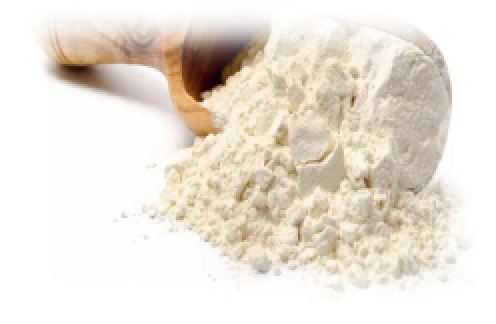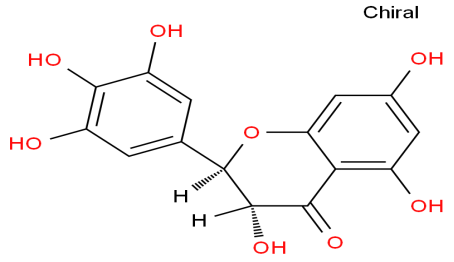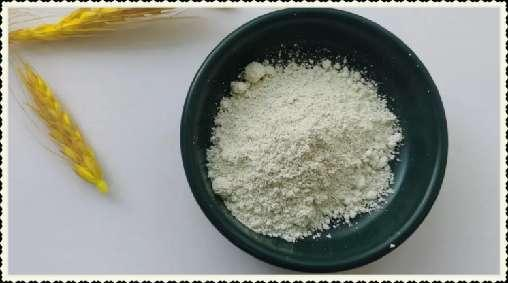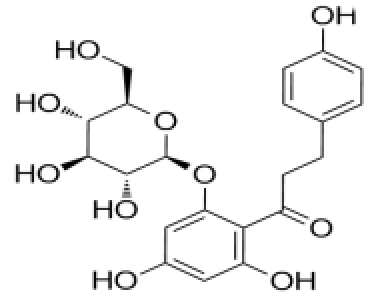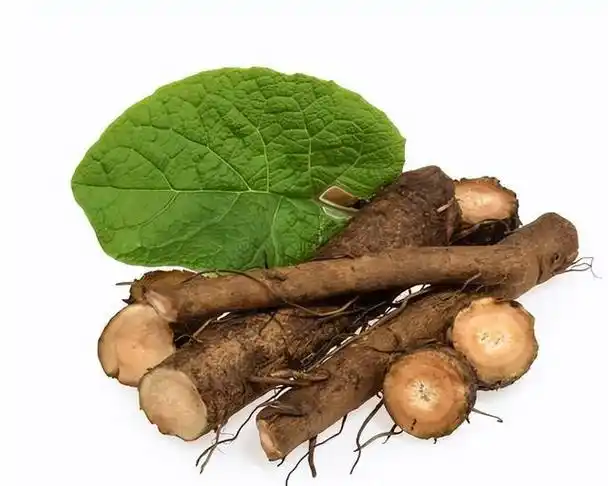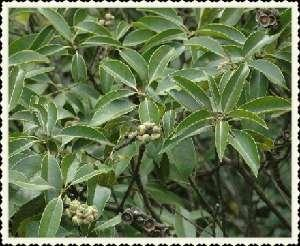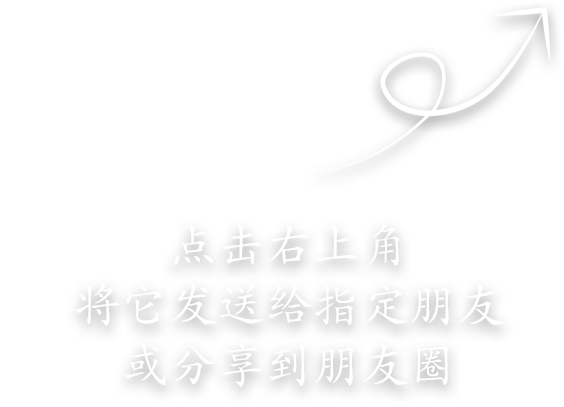Momordica grosvenorii glycoside, also known as momordica grosvenorii glycoside and momordica grosvenorii glycoside, is extracted from Momordica grosvenorii, a special economic plant in Guangxi. It is a sweet ingredient of Momordica grosvenorii. Its sweetness is 300 times that of sucrose, and its heat is zero. It has the effects of clearing heat, moistening the lungs, relieving cough, moistening the intestines, and relieving constipation, and preventing obesity, diabetes.
The study found that when the oral dose of mogroside was more than 15g/kg, it could reduce the cough frequency, increase the amount of tracheal secretion, and have obvious antitussive and expectorant effects. In addition, momordica grosvenorii glycosides can inhibit respiratory inflammation. When studying the effect of siraitin on the growth of Streptococcus mutans, it was found that Streptococcus mutans almost did not grow and reproduce in the culture medium containing siraitin, indicating that siraitin has strong antibacterial activity.
Expectorant and cough relieving, anti-inflammatory and antibacterial
Clearing free radicals and antioxidant properties
Momordica grosvenorii glycoside has antioxidant function, and has certain scavenging effect on hydroxyl free radicals and superoxide anion free radicals. With the increase of the concentration of momordica grosvenorii glycoside extract, the scavenging effect gradually increases, showing a certain dose effect relationship. The research indicated that momordica grosvenorii glycosides could significantly increase the activities of GSH Px and SOD in serum (P<0.05), and significantly reduce the content of MDA in serum (P<0.05), indicating that momordica grosvenorii glycosides have strong antioxidant effects.
Siraitia grosvenorii glycoside is a safe sweetener that does not affect the blood sugar content of normal people, and has a significant inhibitory effect on postprandial blood glucose production. In addition, momordica grosvenorii glycoside has a preventive and therapeutic effect on the abnormal increase of serum triacylglycerol and serum cholesterol in diabetes patients, can increase the content of serum high-density lipoprotein cholesterol, the blood lipid level of the body tends to be normal, and prevent the disorder of lipid metabolism caused by diabetes.
Protecting liver and anti-cancer
In the experimental study on the protective effect of siraitia grosvenorii glycosides on experimental liver injury, it was found that siraitia grosvenorii glycosides could increase the activity of superoxide dismutase (SOD) in liver tissue homogenate, reduce the content of malondialdehyde (MDA), significantly reduce the degree of pathological changes in liver tissue, and have a protective effect on immune liver injury. It can also inhibit the activation of key cells in liver fibrosis - hepatic stellate cells, promote their apoptosis, and exert anti liver fibrosis effects. It was found that momordica grosvenoris glycosides could inhibit the early antigen of EBV induced by tumor promoter TPA, and the mechanism was to inhibit the production of liver cancer by inhibiting the expression of gene Cyp1a1.
Momordica grosvenorii glycoside has the physiological activity of enhancing immunity and the pharmacological activity of protecting and regulating immune function. In addition, momordica grosvenorii glycosides also have the function of positively regulating the metabolism of body lipids, delaying its aging, and also have a certain role in anti sports fatigue, anti sports immune dysfunction and other fields.
Dihydromyricetin, also known as dihydromyricetin, dihydromyricetin, snake grape extract, etc., with a chemical formula of C15H12O8, is an extract of snake grape leaves and the main active component of flavonoids in rattan tea.
Pharmacological experiments have shown that dihydromyricetin has antibacterial effects on Bacillus subtilis, Staphylococcus aureus, Salmonella, Escherichia coli, Pseudomonas aeruginosa, beer yeast, red yeast, Penicillium, Aspergillus niger, Aspergillus flavus, Mucor, and Rhizopus, especially on Gram positive, Gram negative cocci or bacteria.
The regulatory effect on blood sugar and blood lipids
Pharmacological experiments in mice by gavage showed that dihydromyricetin can significantly inhibit the increase in blood sugar induced by alloxan, adrenaline, streptomycin, etc., while increasing serum insulin levels. Lymphocyte infiltration in pancreatic tissue is significantly reduced, inflammatory response is significantly reduced, and the number of pancreatic islets is significantly increased. Dihydromyricetin has a reducing effect on serum triglyceride (TG) levels in streptozotocin-induced hyperglycemic rats, but has no significant effect on serum total cholesterol (TC) and high-density lipoprotein cholesterol (HDL2C) levels.
Dihydromyricetin has a significant protective effect on carbon tetrachloride induced liver injury in cultured rat liver cells, as well as D2 galactosamine and lipopolysaccharide induced liver injury in mice. Dihydromyricetin can protect the liver, accelerate the rapid decomposition of ethanol metabolite acetaldehyde, turn it into a non-toxic substance, and reduce its damage to liver cells. In addition, dihydromyricetin can improve the increase in serum lactate dehydrogenase activity caused by liver cell damage, inhibit the formation of collagen fibers in hepatic M cells, and thus play a protective role in the liver, significantly reducing the damage of ethanol to the liver, and quickly restoring the normal state of the liver. Microherb experiments have shown that dihydromyricetin can protect the liver, accelerate the rapid decomposition of ethanol metabolite acetaldehyde, and become non-toxic substances, reducing damage to liver cells. Dihydromyricetin has a rapid and long-lasting effect, making it a good product for protecting the liver, relieving alcohol and sobering up.
Dihydromyricetin with a purity of 98% can significantly inhibit the generation of malondialdehyde (MDA) in rat myocardial, liver, and brain tissue homogenates, and its inhibitory effect increases with the increase of Dihydromyricetin concentration. Dihydromyricetin with a content of 99% has a scavenging effect on diphenyltrinitrophenylhydrazine (DPPH) free radicals in the experimental system. Dihydromyricetin can significantly inhibit the generation of MDA in oils and fats, and its antioxidant effect increases with the increase of Dihydromyricetin purity (60% -90%); It has strong antioxidant effects on both animal and vegetable oils.
Several years of anti-tumor pharmacological research have found that one of its active ingredients, the small molecule compound of ampelopsin, has a relatively strong anti-cancer effect. In vitro and in vivo anti-tumor studies have found that this compound can improve the therapeutic effect of tumors and improve the patient's vital signs by inhibiting tumor vascular growth, regulating and enhancing cellular immune function. It has shown significant anti-tumor effects in tumor model experiments such as leukemia and nasopharyngeal carcinoma.

